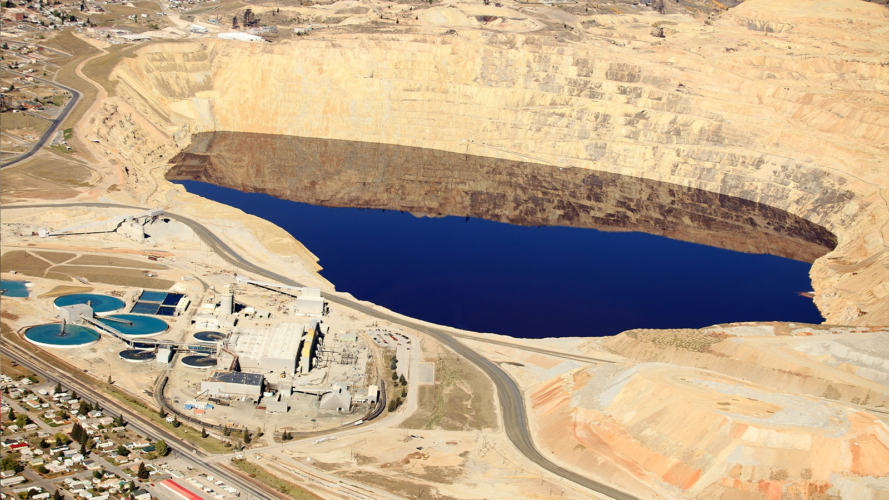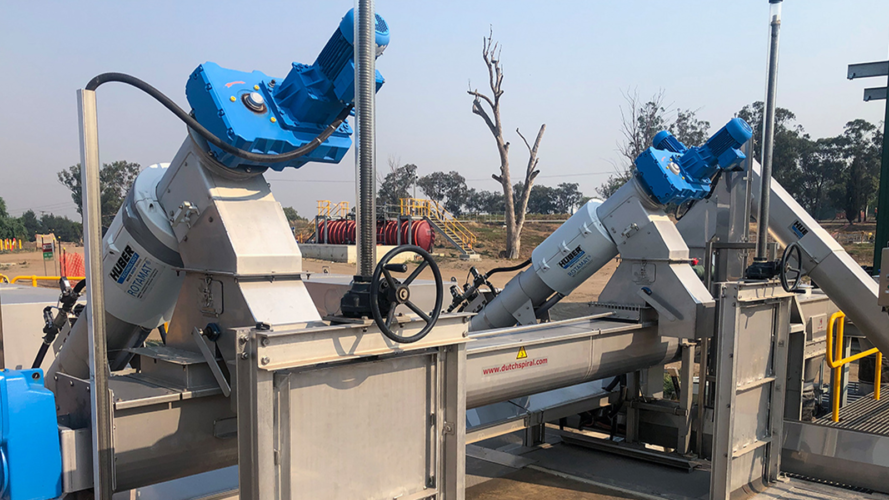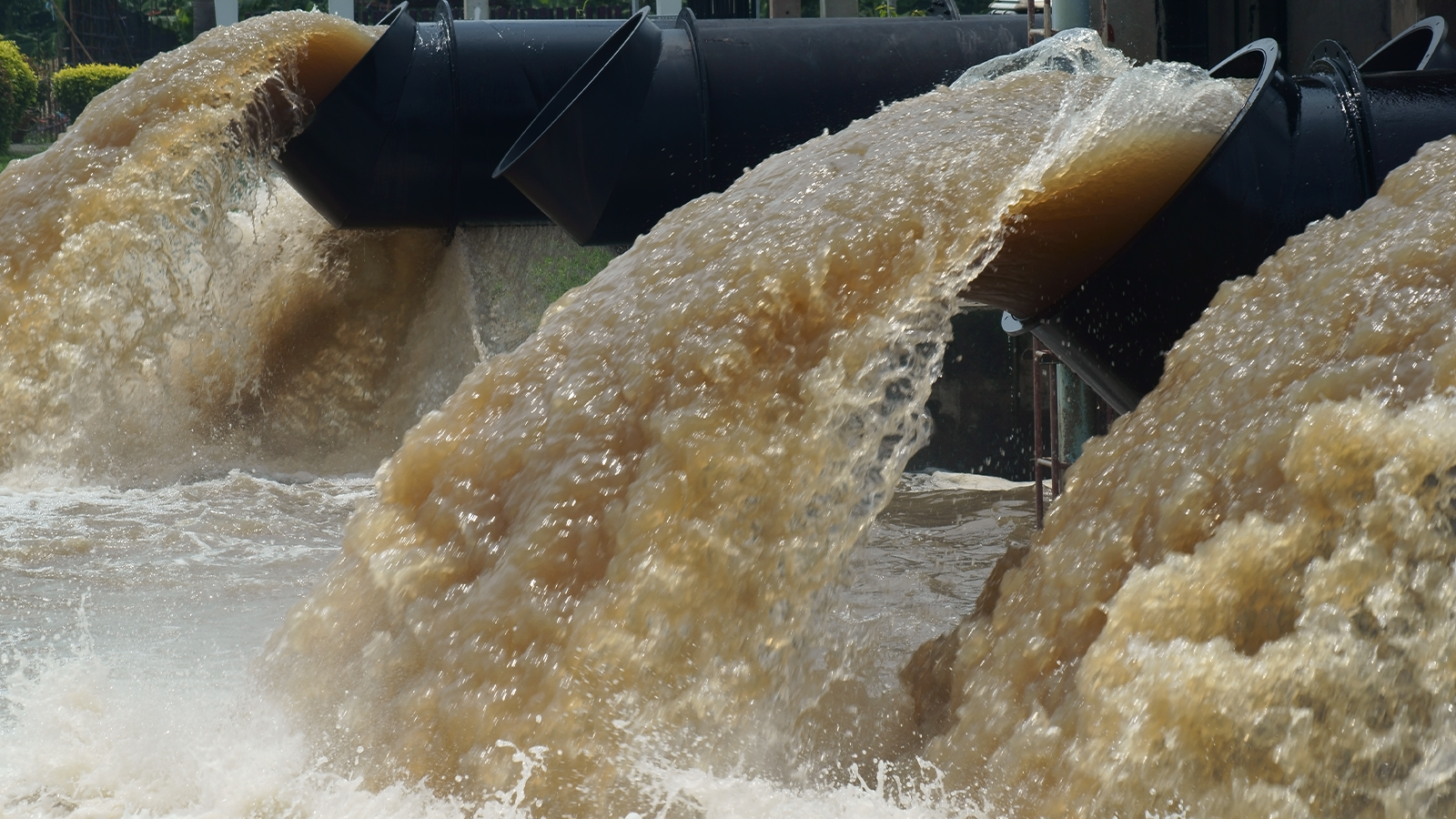
Understanding Industrial Trade Waste: Trade Waste Versus Equivalent Population – Part 1
January 13, 2020
Why is Industrial Trade Wastewater Treatment Important?
Have you ever stopped to consider why we treat our trade waste? Most managers of businesses that generate trade waste may have thought at some point that their business is just one of numerous connections to the local Sewage Treatment Plant (STP) and rarely questioned if their connection actually makes any significant impact on what happens downstream at the STP. This is a common misconception that Hydroflux are often asked to explain. Many of our customers are astounded when shown exactly what impact their discharge has.
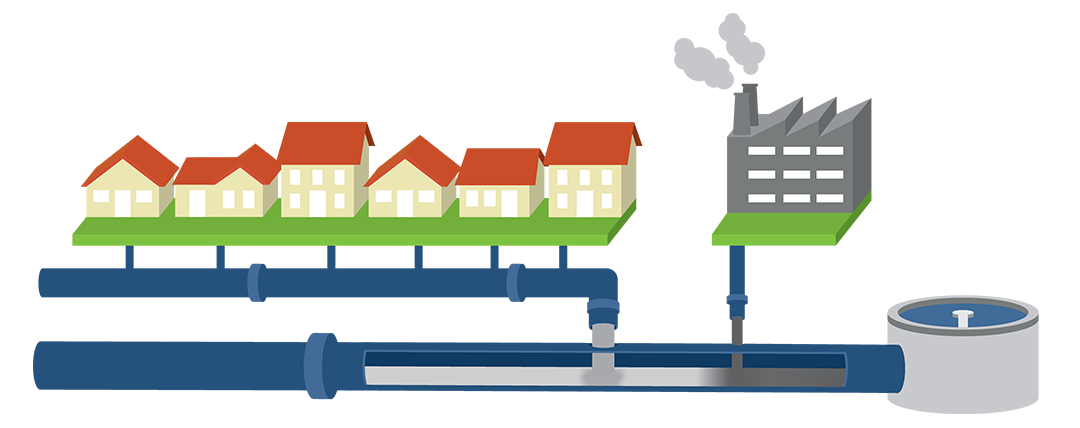
To put this into perspective, consider the following facts:
- A relatively small dairy, discharging just 500 kL/day, releases the equivalent in pollutant load to a township of approximately 16,000 Equivalent Persons or 16,000 EP.
- A large meat works discharging say 6,000 kL of wastewater per day is equivalent to a pollutant load of 300,000 EP. If this wastewater is primary treated in a dissolved air flotation system, this can be reduced to 60,000 EP and when treated to a secondary level in a biological treatment plant, the load can be reduced to less than 10,000 EP.
- A large rendering plant discharged untreated wastewater at say 600 kL/day can be equivalent to 66,000 EP!
The above are just a few examples of the hundreds of different types of businesses that discharge trade waste and it should never be assumed that just because factories may manufacture similar goods their wastewater is identical – it rarely is! Industrial wastewater contains considerably higher loads than domestic sewage in terms of organics, nutrients and other inorganic material. If you are fortunate enough that the local STP has the capacity to accept high pollutant loads from your business then you will be probably be paying significant trade waste charges – at the end of the day, either your business, or your local water authority must pay to treat your trade waste.
On the other hand, if you are already operating an onsite treatment plant but it fails, the subsequent increase in load, even if temporary, can have a significant impact on the STP’s performance and its ability to comply with environmental discharge.
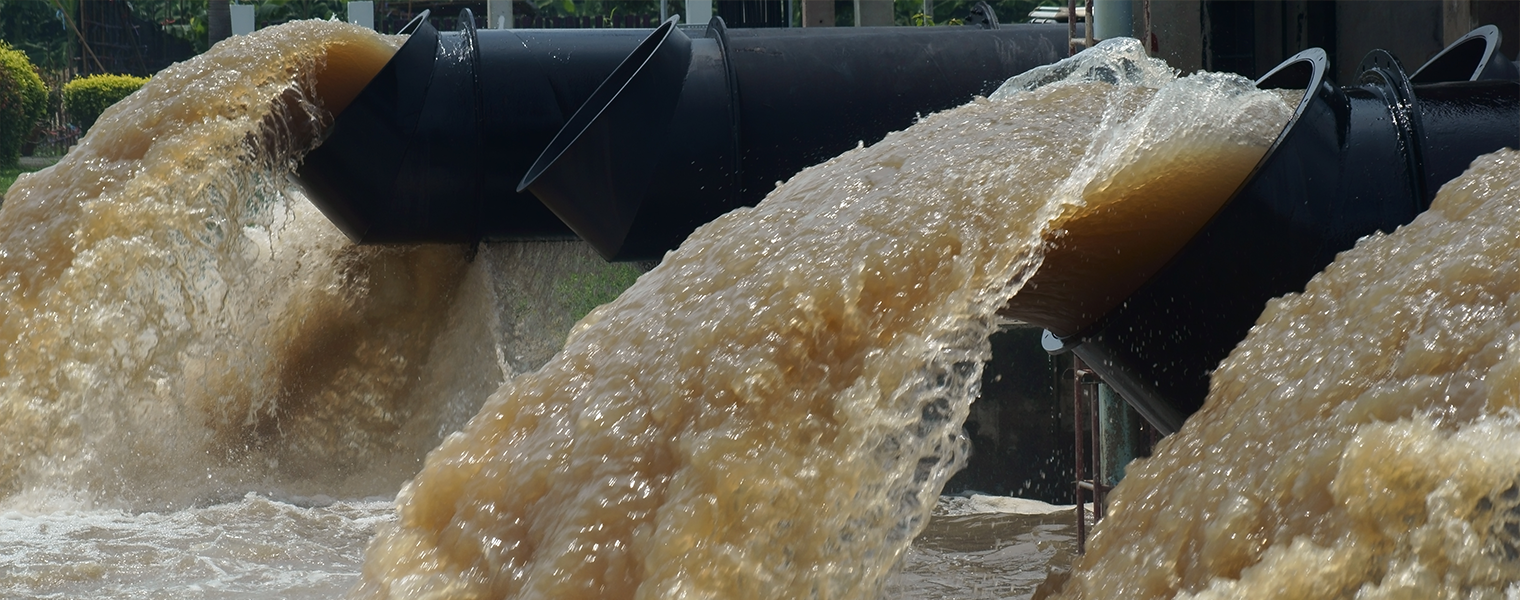
Hydroflux engineers have a wealth of experience in the design, construction, management and servicing of industrial wastewater treatment plants. From primary to biological treatment systems, from green field sites, to plant augmentations, from chemical supply to remote monitoring and control, Hydroflux has the experience to assist most businesses that generate trade waste and can assist your business to determine the best course of action to suit all budgets.
Impact of Non-Compliance – Part 2 – click here.
Common Nomenclature – Part 3 – click here.
Understanding Industrial Trade Waste – Part 4 – Click here.
Up Next
Sewage Treatment Systems for Remote Mine Site Accommodation Camps
Modern Inlet Works for the Muswellbrook RWTW
Categories
- Tradeshows
- Climate
- Community Engagement
- Corporate Announcements
- Group News
- Newsletters
- Product News
- Project Announcement

